Lahontan Cutthroat Trout Recovery
Lahontan Cutthroat Trout Recovery
Project Stages
Implementation
Estimated Completion Date:
2027
Region:
Project Funders
California Department of Fish and Wildlife
U.S. Fish and Wildlife Service
Fish Affected:
Threats:
Project Description
Lahontan cutthroat trout (LCT) were once widespread across high-elevation mountain streams and lakes in California and Nevada including Lake Tahoe. Today, they are much harder to find. Approximately 95% of the species has been extirpated from their historic habitat in California largely due to introduction of non-native trout species and habitat alterations by human land use activity. In the Walker Basin, part of the LCT’s native range, CalTrout is partnering on restoration projects to eliminate non-native trout populations from the system and help maintain these LCT populations.
Silver Creek
In Silver Creek, CalTrout works with the California Department of Fish and Wildlife (CDFW) to remove non-native brook trout through eDNA sampling and electrofishing. Brook trout are native to the East Coast, but on the West Coast they are a prolific non-native species. When possible, they are re-located to closed systems that do not impact native species.
Slinkard Creek
In the summer of 2024, CalTrout staff will expand work in the Walker Basin to Slinkard Creek where non-native fish removal efforts will continue.
By-Day Creek
By-Day Creek is in northern Mono County within the 460-acre CDFW ecological reserve. The By-Day Creek Forest Health Project is a collaborative project with CDFW to implement thinning of overly dense white fir forest understory. This will improve forest health and reduce the threat of catastrophic wildfire on this stream and watershed to protect LCT populations.
Project Partners:
California Department of Fish and Wildlife
Humboldt-Toiyabe National Forest
Trout Unlimited
Walker Basin Conservancy


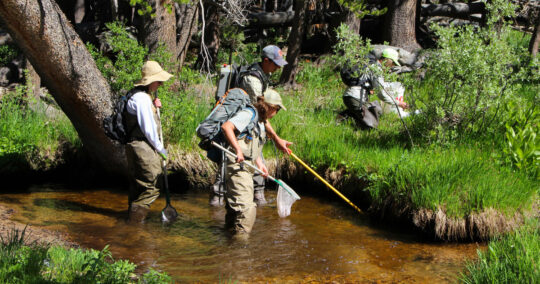



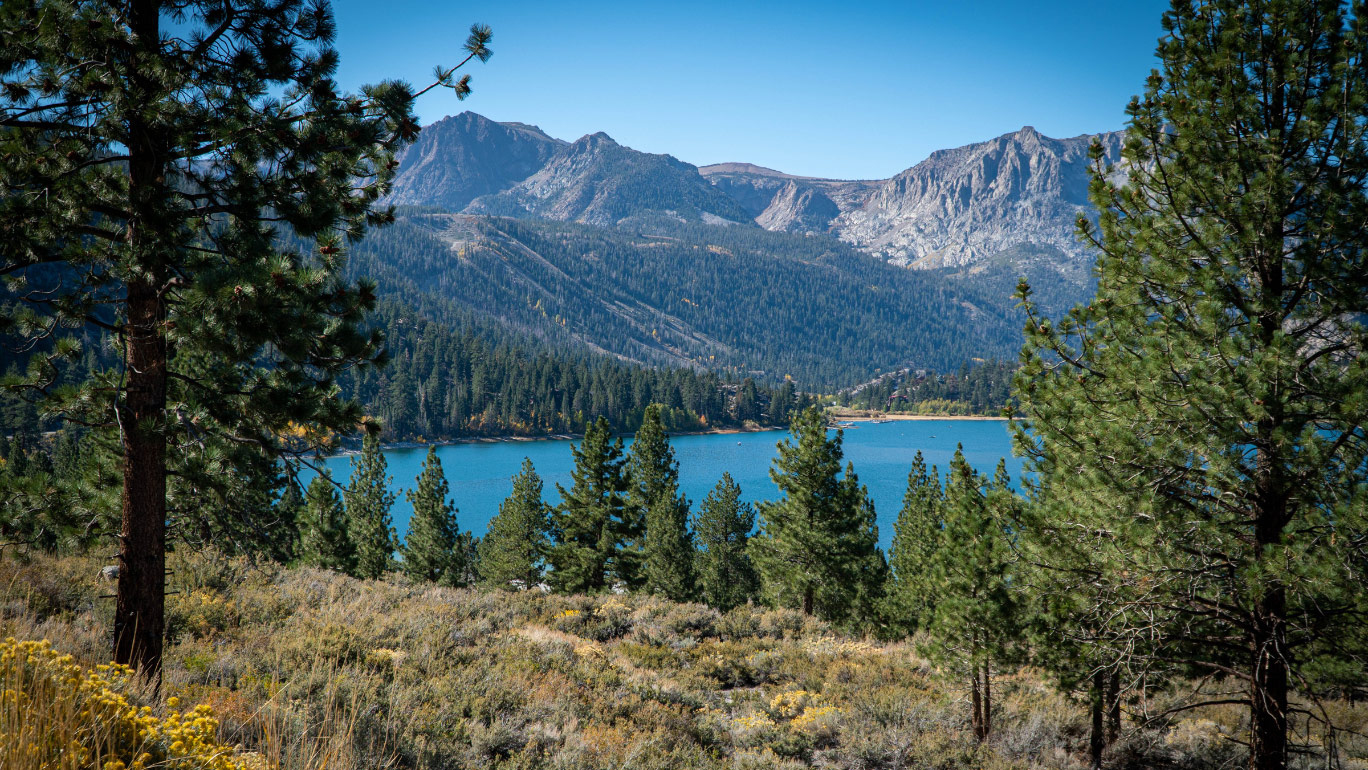
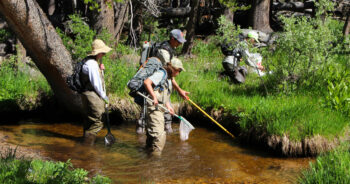
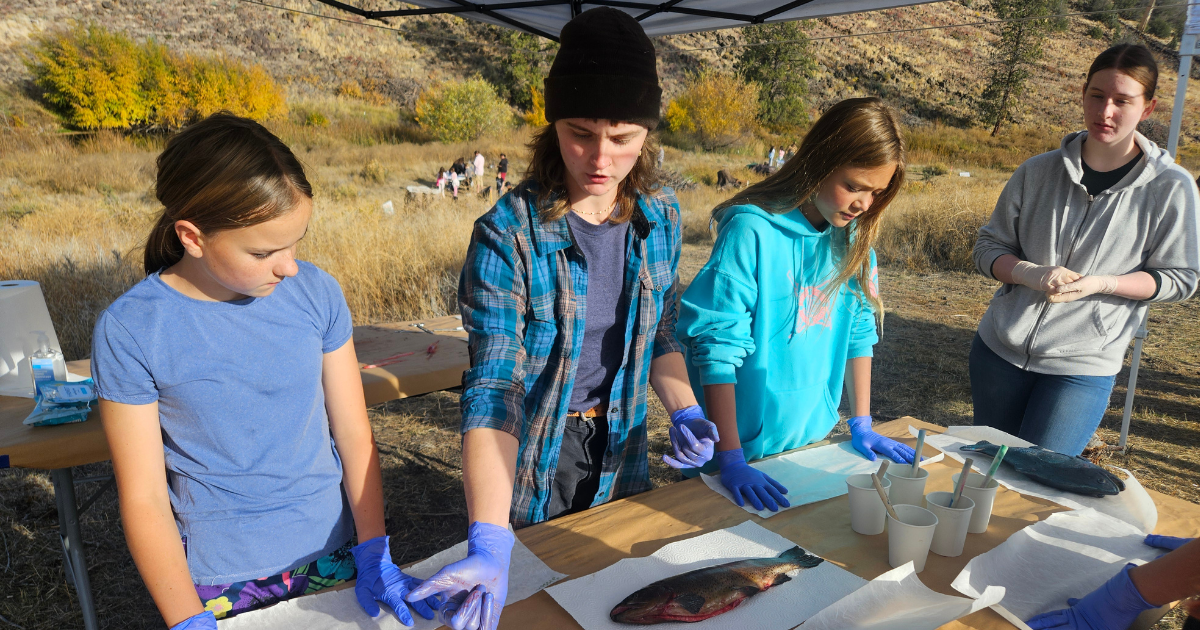
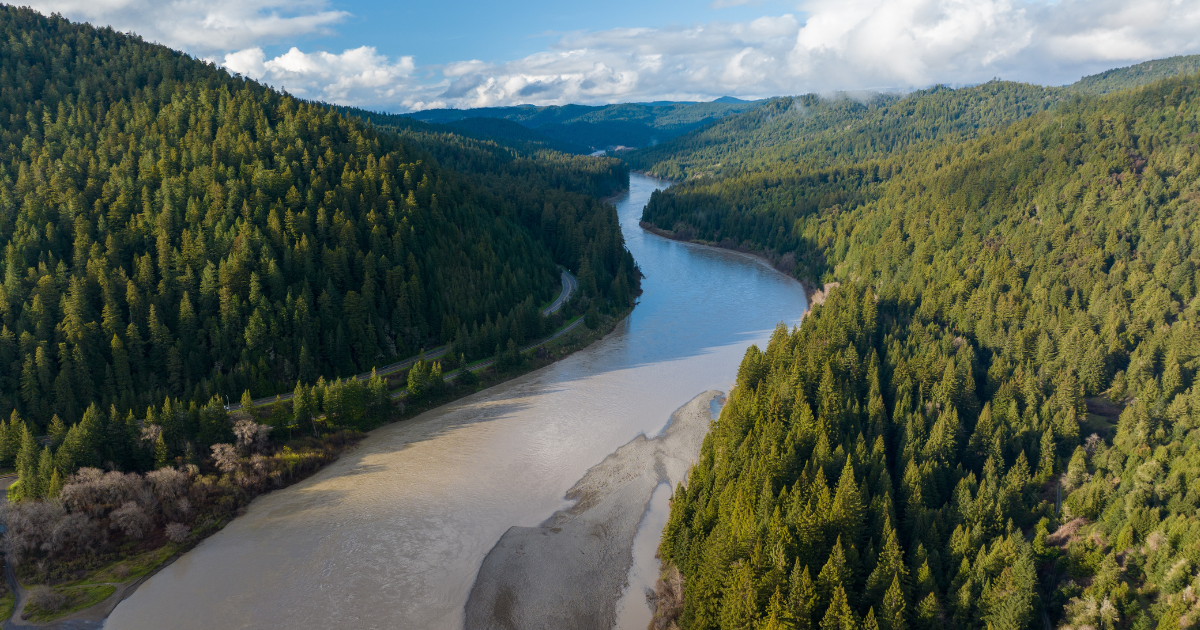
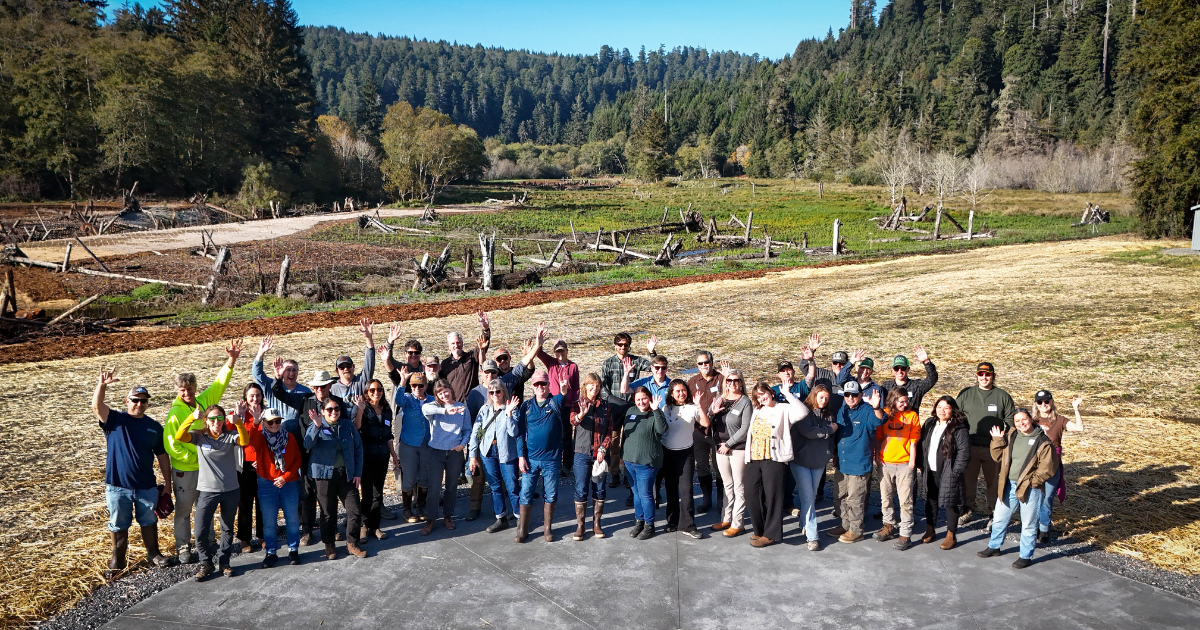
 Human use of streams, lakes, and surrounding watersheds for recreation has greatly increased with population expansion. Boating, swimming, angling, off-road vehicles, ski resorts, golf courses and other activities or land uses can negatively impact salmonid populations and their habitats. The impacts are generally minor; however, concentration of multiple activities in one region or time of year may have cumulative impacts.
Human use of streams, lakes, and surrounding watersheds for recreation has greatly increased with population expansion. Boating, swimming, angling, off-road vehicles, ski resorts, golf courses and other activities or land uses can negatively impact salmonid populations and their habitats. The impacts are generally minor; however, concentration of multiple activities in one region or time of year may have cumulative impacts.
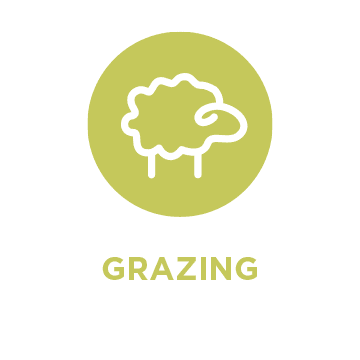










 Dams block access to historical spawning and rearing habitats. Downstream, dams alter the timing, frequency, duration, magnitude, and rate of change of flows decreasing habitat quality and survival.
Dams block access to historical spawning and rearing habitats. Downstream, dams alter the timing, frequency, duration, magnitude, and rate of change of flows decreasing habitat quality and survival.


